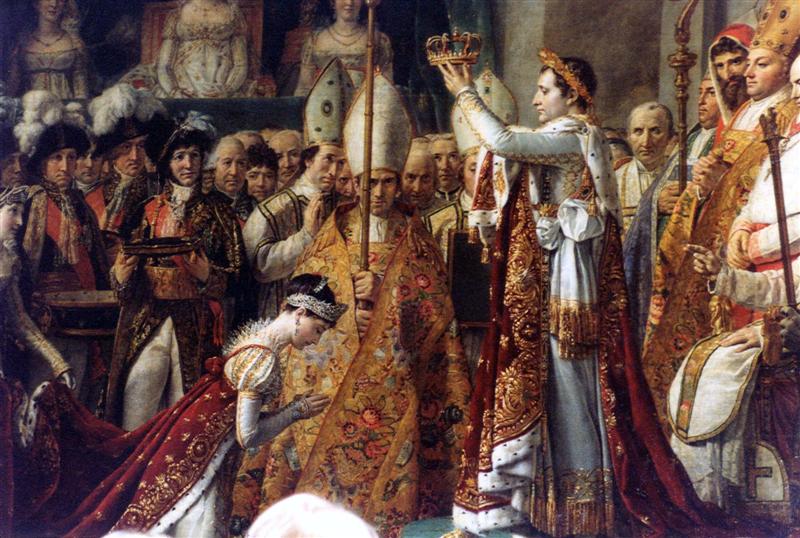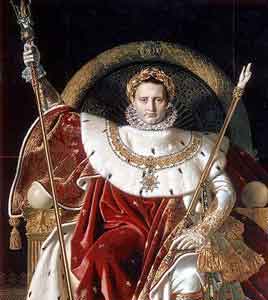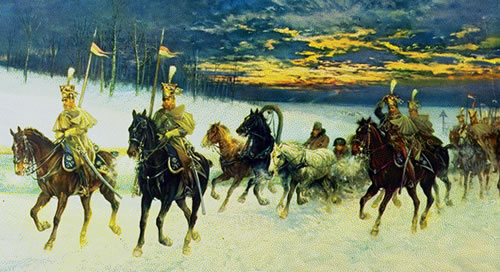Napoleon Bonaparte Interpreted
After Napoleon was defeated at the Battle of Nations (Leipzig) he was sentenced to exile on the Mediterranean island of Elba. Staying there for only a few months he later escaped to France, raised another army and reclaimed his throne. While this return lasted only 100 days it convinced the powers allied against him that his next exile should be far more remote and so, he was sent to St. Helena in the South Atlantic. (Remember, rulers wanted to reinforce the importance of their position so no killing the guy in charge!)
Part 1 of 1: During and after Napoleon’s reign he has been viewed as hero, villain, traitor and revolutionary. Answer the following questions by analyzing the primary sources below.
- Who is the “Corsican crocodile” shown in Source A?
- Why do you think was he depicted as a crocodile? What traits did this historical figure have to be compared to such an animal?
- Why did the English artist depict the French members of the council as frogs?
- Compare sources B and C. In what ways do Napoleon’s words in the ‘official’ version of the coup contradict the scene pictured in source C?
- In what ways is Napoleon portrayed in each of these sources.
| Source A | |
| Source B | |
| Source C | |
| Source D | |
| Source E |
- How did the event depicted in Source F affect the career of Napoleon?
- Write some adjectives to describe the true character of Napoleon Bonaparte?
- Why do think exile to Elba and later, St. Helena, was the punishment for Napoleon?
Source A: Another version of the Coup by an English artist. The caption reads:‘The Corsican Crocodile abolishes the Council of Frogs.’
Source B:
“Frenchmen,without a doubt, you will see in what I did that I am a soldier who supports liberty and am a citizen who is devoted to the republic.”
(From a translation of the ‘official’ version of the coup, issued throughout France)
Source C
Napoleon’s Coronation by a French painter who was a keen supporter of the Revolution.
Source D
“He stammered so much… it was clear his place was before soldiers rather than before an assembly.” (From the memoirs of Bourrienne, Napoleon’s secretary. The two later fellout.)
Source E
Source F
This painting shows the French Army retreating from Russia by Dave Morseque



